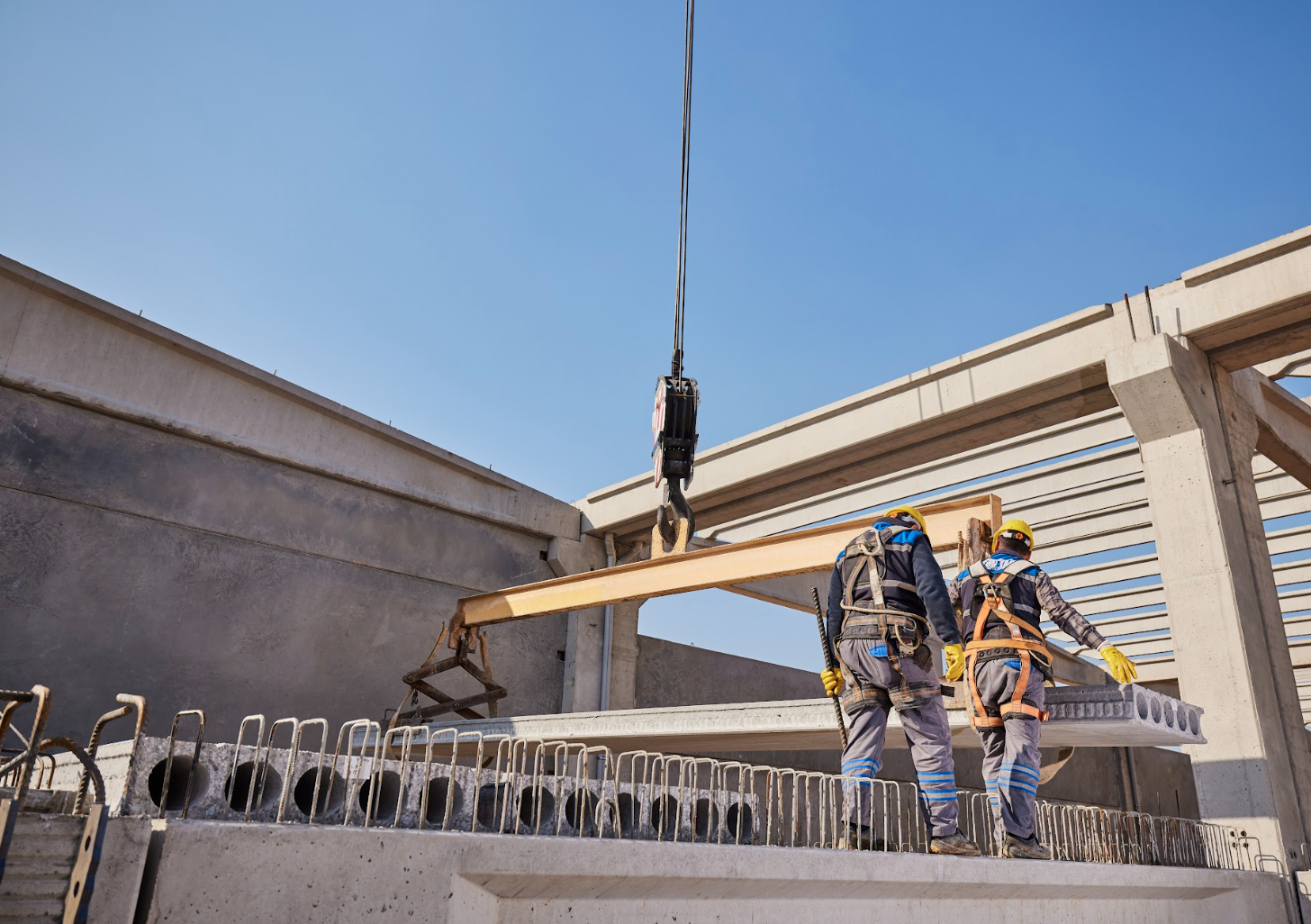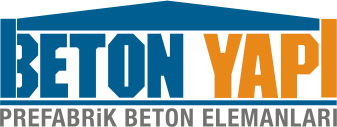
The Safest Structure for Earthquake Zones: Precast Concrete Buildings
08.07.2025A significant portion of Turkey lies in active earthquake zones. For critical facilities like industrial plants, warehouses, housing, or public buildings, structural safety must be the top priority. In this context, precast concrete structures offer both engineering excellence and superior earthquake resistance. But what makes them so reliable in seismic regions? Let’s explore in detail.
Earthquake Risk in Turkey: A Constant Reality
Over 92% of Turkey’s land is located in seismic risk zones. The twin earthquakes centered in Kahramanmaraş on February 6, 2023, painfully reminded us of the importance of structural integrity. While conventional reinforced concrete buildings are common, construction errors and low-quality materials pose serious hazards. This is where factory-produced and quality-controlled precast systems come to the forefront.
What Is Precast Concrete and Why Is It Preferred?
Precast concrete consists of structural components produced in controlled factory environments, poured into molds, and cured under optimized conditions. These elements are then transported to the site and quickly assembled to form the building’s skeleton.
Using high-strength mixes like C35 concrete ensures exceptional durability and seismic resilience. C35-grade concrete delivers superior compressive strength, impact resistance, and long-term stability—key properties in earthquake-prone areas.
Earthquake Resistance of Prefabricated Structures
Seismic performance is not solely about structural components—it’s also about connection details, flexibility, and energy dissipation capacity. In safe prefabricated buildings, column-beam joints are specially designed to absorb and transfer seismic energy efficiently. Elastic and ductile behavior during an earthquake helps the structure maintain stability.
At Beton Yapı, all systems are pre-tested in university laboratories to meet rigorous engineering standards. Before construction even begins, the structural behavior of the design is clearly anticipated and validated.
Rapid Reconstruction After Earthquakes
One of the major benefits of precast concrete buildings is the ability to rebuild quickly after a disaster. Whether it's a factory, warehouse, shelter, or public space—these buildings can be assembled in a fraction of the time required for traditional construction, ensuring quick resumption of economic and social activities.
Safety and Economy Go Hand in Hand
Seismic safety isn’t just about protecting lives—it’s also about minimizing long-term economic damage. Precast structures offer long service life, minimal maintenance, and significantly reduced collapse risk in an earthquake. For investors, this means strong ROI and operational continuity in the face of disasters.
Where Can Precast Buildings Be Used in Earthquake Zones?
- Industrial production facilities
- Storage and logistics centers
- Agricultural and livestock buildings
- Schools and public administration buildings
- Hospitals and health clinics
- Residential complexes and housing estates
Beton Yapı’s Regional Expertise
Operating primarily in southeastern Turkey—especially Gaziantep and surrounding regions—Beton Yapı has delivered numerous safe prefabricated buildings. Thanks to engineering-driven solutions, C35 concrete strength, and custom connection systems, our projects are designed to withstand both static and dynamic loads.
Frequently Asked Questions
Are precast buildings as strong as conventional reinforced concrete?
Yes. When designed and executed correctly, precast systems can outperform traditional reinforced concrete in terms of durability and seismic resistance.
How do prefabricated buildings behave during an earthquake?
Their rigid frame structure, flexible joints, and tested connection details enable them to maintain integrity even under intense seismic forces.
Are precast buildings eligible for legal permits?
Absolutely. All Beton Yapı projects are developed in full compliance with Turkish building codes and receive proper construction permits.
Building in an earthquake zone is a responsibility, not just a business decision. Choosing safe prefabricated buildings from Beton Yapı ensures not only life safety but also economic security and operational continuity. With strong engineering, proven materials, and regional experience, Beton Yapı helps you build with confidence—no matter the risk.


